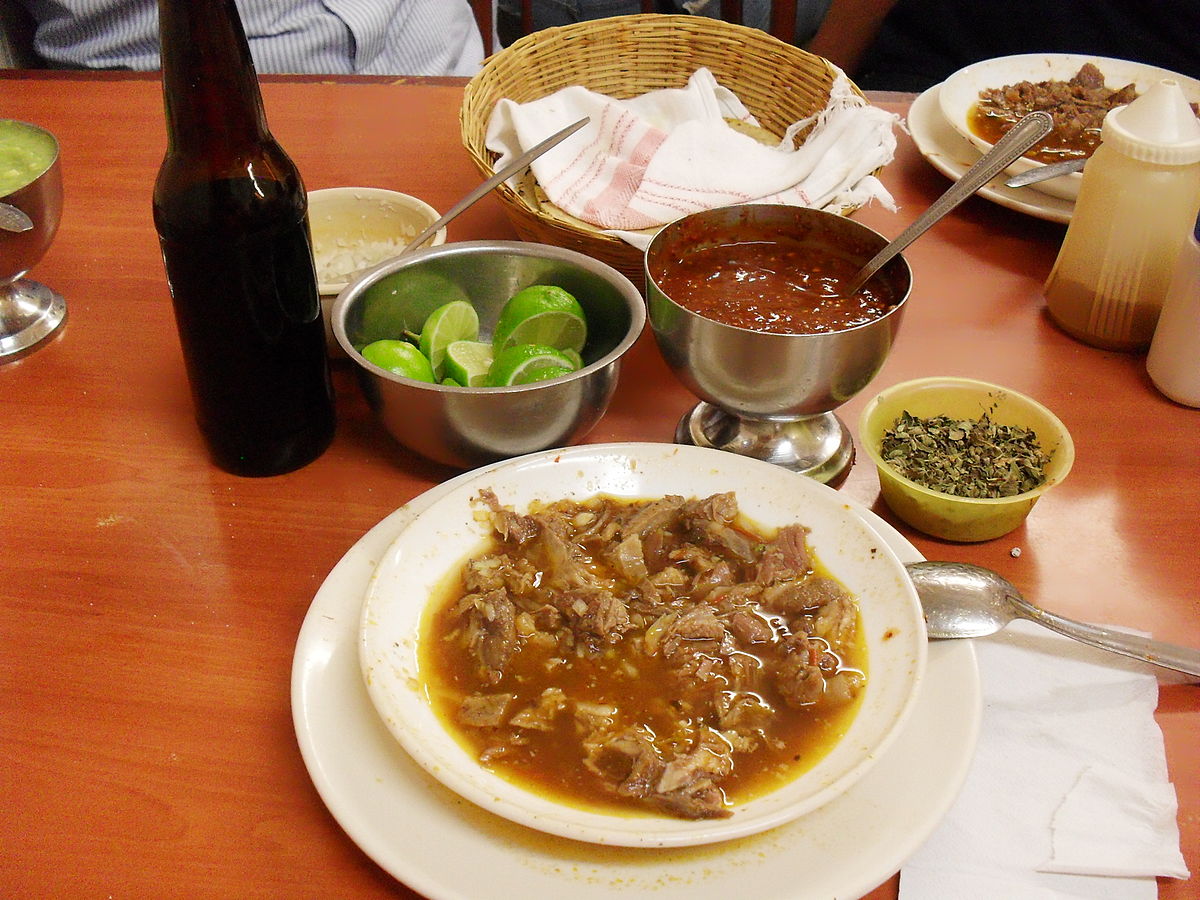aftriathlete
WKR
- Joined
- Jan 18, 2022
- Messages
- 417
Didn't think mountain goat forum was appropriate, and I don't see anything about feral goats on the forum other than using them as pack animals. Searching "goat" brings up a million hits for antelope, mountain goats, etc. I'm sure goat isn't high on most lists for favorite game meat, but it's readily available here and I'll take advantage (will have to convince kids it's beef or chicken though.)
Anyone hunt/consume feral goat before and can share tips or knowledge? My first trip out a couple weeks ago here in HI ended with ethical disappointment, a dead goat in dangerous terrain that I couldn't recover. I'm going to attempt to get one in my pack this weekend -- anything to know or avoid with animal selection, meat safety, butchering, cooking?
Basic google searches turned up mostly Australian forums, and from what I've gathered there: it seems like young goats are easiest to cook, but older goats are fine as well, just plan on cooking them longer/lower/slower; there's concern about a disease called Q Fever that can be avoided by not gutting the animal and just taking the quarters and backstraps; doesn't seem like there are any glands to avoid; cooking generally seems to do well in stewed/slow-cooked/saucy preparations. How about ground or sausage?
Anyone hunt/consume feral goat before and can share tips or knowledge? My first trip out a couple weeks ago here in HI ended with ethical disappointment, a dead goat in dangerous terrain that I couldn't recover. I'm going to attempt to get one in my pack this weekend -- anything to know or avoid with animal selection, meat safety, butchering, cooking?
Basic google searches turned up mostly Australian forums, and from what I've gathered there: it seems like young goats are easiest to cook, but older goats are fine as well, just plan on cooking them longer/lower/slower; there's concern about a disease called Q Fever that can be avoided by not gutting the animal and just taking the quarters and backstraps; doesn't seem like there are any glands to avoid; cooking generally seems to do well in stewed/slow-cooked/saucy preparations. How about ground or sausage?
Last edited:



